Video Slideshow
OAT's Morocco Sahara Odyssey Tour and extension to Chefchaouen is an adventure in cities, villages and the Sahara Desert, mixing Berber, French, and Spanish cultures in a Muslim parliamentary kingdom. We stayed in conventional hotels, riads, and a desert camp. We met a variety of people from many walks of life - students, nomads, migrants, city dwellers, artisans and more.
Chefchaouen and Tetouan
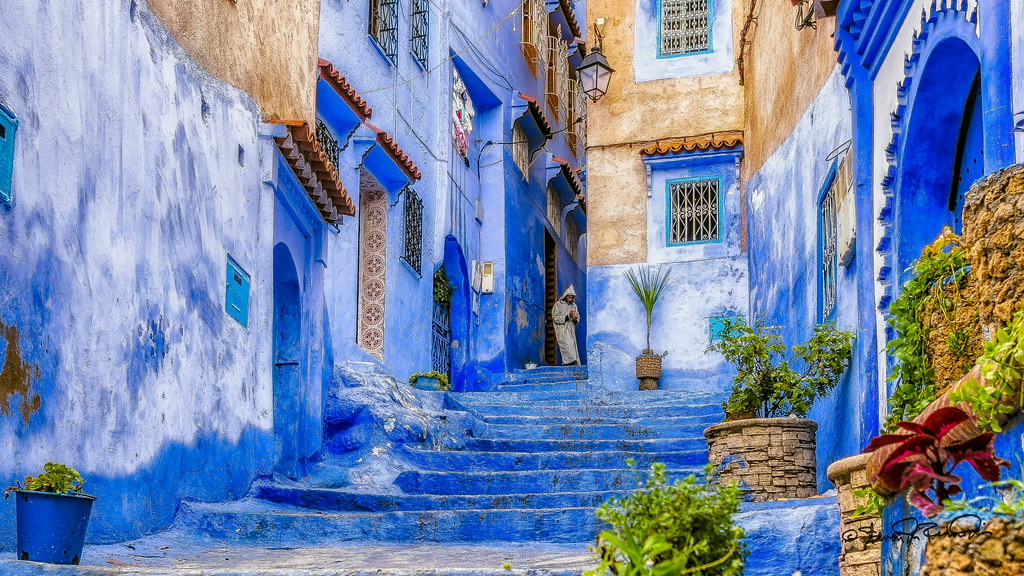
Chefchaouen is the Blue City with a view of the Horn, set in the northern mountains of Morocco. Its hilly blueness makes it a delight for the eye.
Tetouan is a coastal city on the Mediterranean Sea across the Rif Mountains from Chefchaouen. It has a Royal Palace, medina, and various craftsmen at work.
Tangier

The beautiful light and multicultural spirit of which have drawn travelers to Morocco for centuries. People have been living in Tangier since colonists from Carthage settled there in the fifth century BC, and over the years it has traded hands between several kingdoms and empires, and served as refuge for countless cultures. This is the gateway to and from Europe.
Rabat
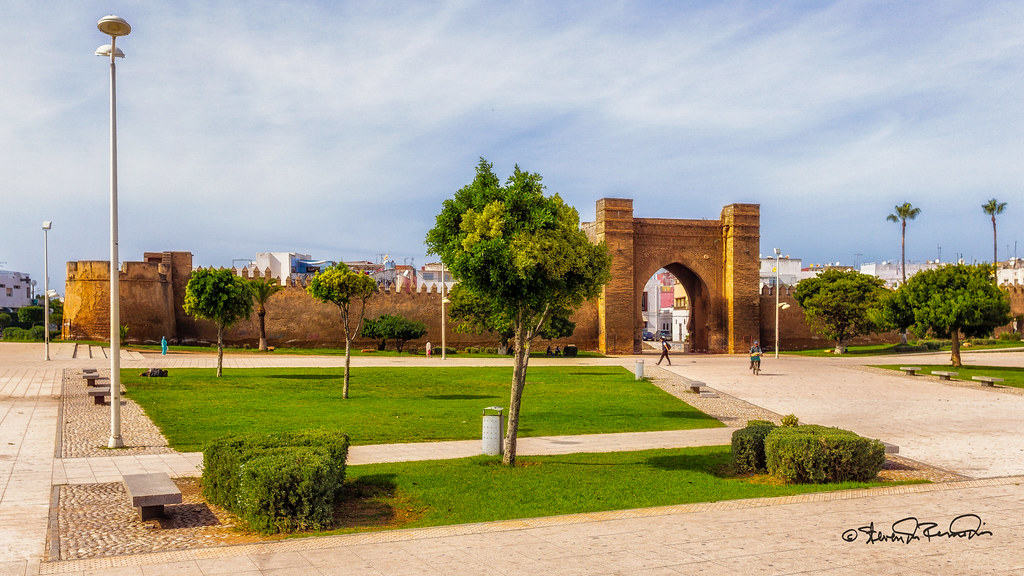
The Moroccan capital city is modern and ancient. The Mausoleum Hassan V is set on an impressive square on the site of the Hassan Tower. There is a 14th-century Merinid necropolis, Chellah, that also has Roman ruins.
Fes, Volubilis and Meknes
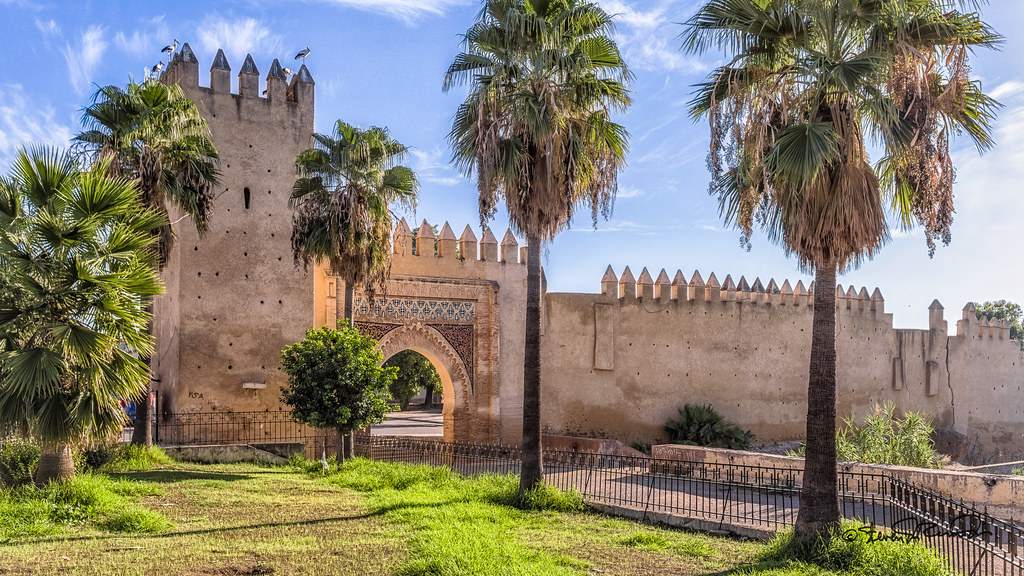
Fes
As we enter Fes, the colors and sounds of boisterous activity envelops us. Vendors fill market stalls with vibrantly-hued handcrafted goods. And on either side of us, donkey carts and motorbikes zip past as we carefully traverse the narrow, maze-like lanes of the ancient walled city. But, as we enter the door to our riad, we discover tranquil elegance.
Volubilis
Volubilis, is one of the most well-preserved Roman cities in North Africa. We wandered amongst its historic ruins and mosaics, and our guide helped us envision what life was like in ancient times.
Erfoud and the Sahara
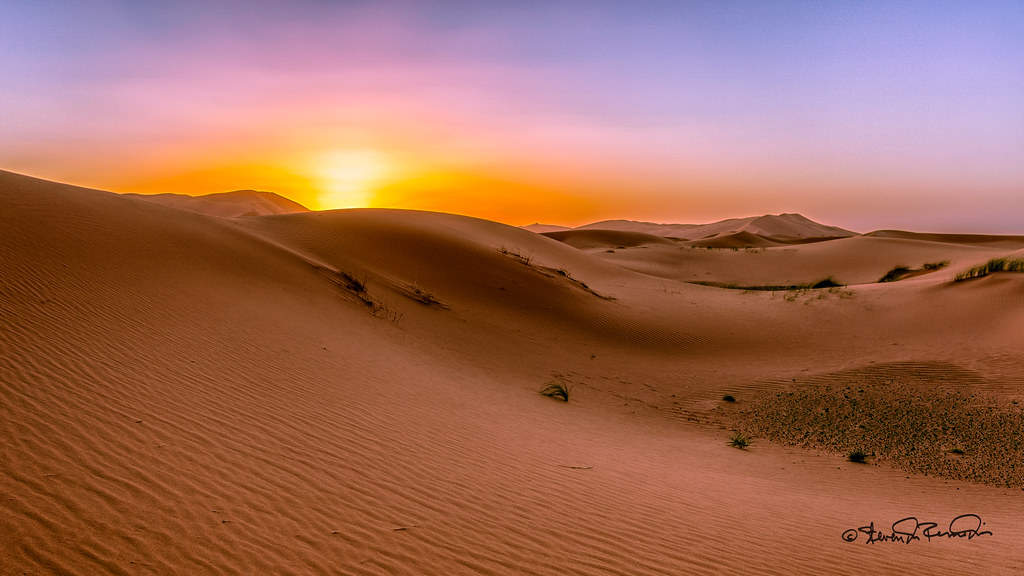
Travelling over the Middle Atlas mountains we descend into Erfoud a small trading village famous for its trade in ancient fossils. From here we take 4x4 vehicles to our desert camp in the anti-Sahara.
Ouarzazate

We arrive at the oasis town of Ouarzazate after making a stop in Tinejdad. There, we'll arrive at the Ksar of El Khorbat and take a walk inside one of the unique and ancient fortified ksars (walled cities). We then visited a Berber museum and learned about the history, architecture, and daily life of Berbers in this region.
We spent A Day in the Life in Ait Benhaddou, beginning with meeting some of the local men and women who work in the fields, cutting the grass and plowing the land. Next, we learned more about the history of this ksar as we sit down with locals and have a conversation over mint tea. After, we visited the Imik Smik Women's Association for Rural Development. Established in 2012, the association's goal is to create workshops and programs that teach girls and women how to sew, read, cook, develop healthcare and further education that otherwise would not be available. Sponsored by Grand Circle Foundation, the Imik Smik Women's Association currently generates funding by selling bread, pastry, and couscous to local guesthouses in the village. We met these women and learned how they are trying to change their lives and those of the young women in their community, for the better.
Marrakech and Casablanca
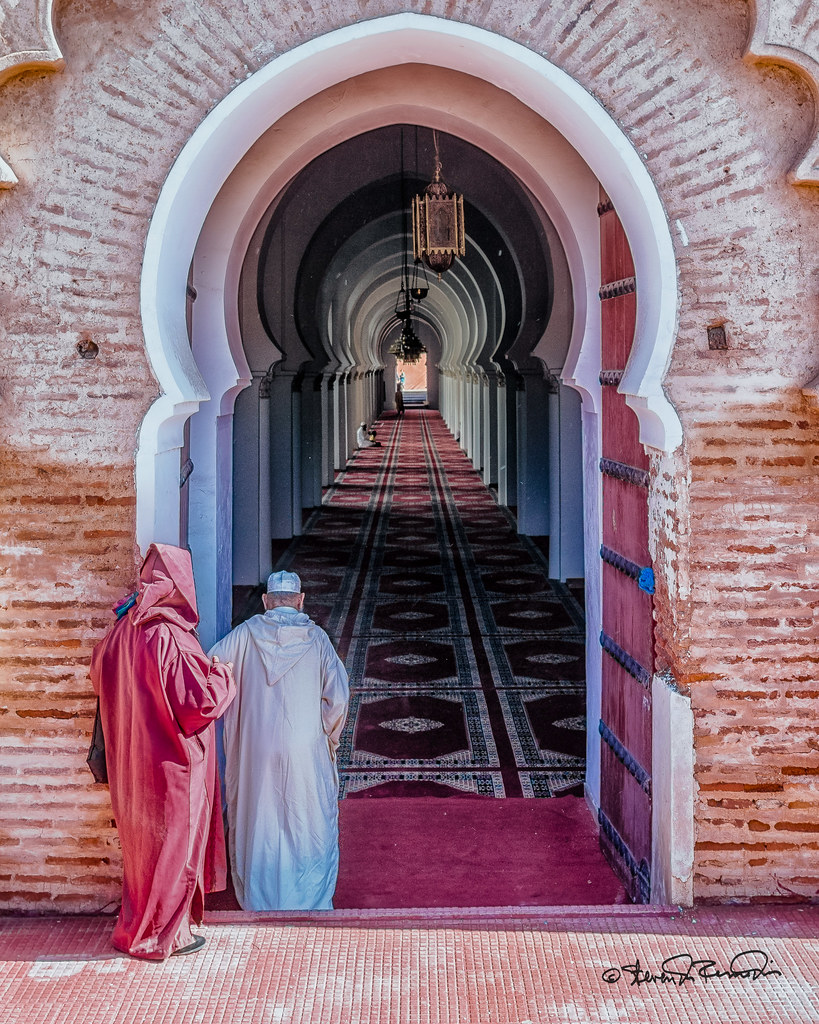
We explored the legendary city of Marrakesh on foot, stopping at the Koutoubia minaret, the Moorish spice market, and the opulent Bahia Palace.
Casablanca is the business center of Morocco and is home to the magnificent Hassan II Mosque.

